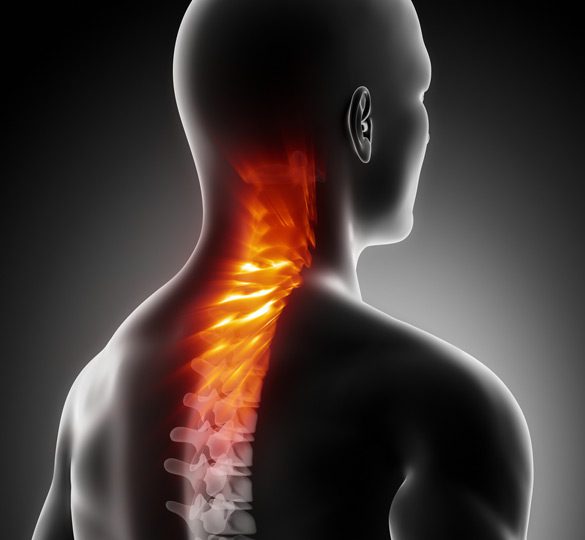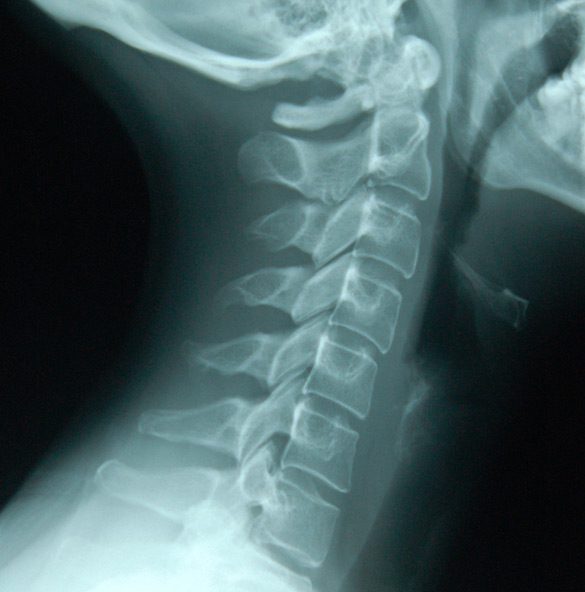Neck pain is sometimes a temporary inconvenience that responds well to rest and home remedies. If neck pain is caused by a personal injury or sudden trauma, however, the resulting damage may require surgery to provide meaningful relief. Surgery may also be recommended if the resulting discomfort is due to damage to one of the discs within the cervical spine (neck).
A cervical microdiscectomy is a type of surgery where a herniated disc is removed. It can be performed through the back (posterior) of the neck or from the front (anterior). When performed from the back, an accompanying fusion is often avoided.

What to Consider Before Surgery
A herniated disc in the neck doesn’t always require immediate surgery unless there is a serious medical issue resulting from the nerve compression. Otherwise, patients are typically encouraged to explore non-surgical options. Common treatments for neck pain due to disc herniation include anti-inflammatory medications to reduce swelling that’s contributing to any experienced pain and the application of heat or cold.
Before and After a Cervical Microdiscectomy
Since the surgery is performed under general anesthesia, certain medications may need to be stopped prior to cervical microdiscectomy surgery. Any other instructions before surgery will be based on a patient’s overall health and specific circumstances. Neck strain should be avoided after the procedure to allow the neck time to heal. If a fusion needs to be performed, a neck brace may be worn. Even without a fusion, a soft brace is sometimes worn post-surgery to encourage healing.
How Cervical Micro Disc Surgery is Performed
A small incision is made in the mid-way point of the neck to access the affected disc when a cervical microdiscectomy is performed. An X-ray is done prior to surgery to confirm the location of the herniated disc. A portion of the facet joint and lamina may be removed to allow access to the disc and identify the affected nerve root. The protruding disc material is removed during a cervical microdiscectomy and nerve root that was compressed is placed back into its original position. Fusion surgery may be necessary if a substantial portion of the affected disc has to be removed.
Potential Benefits for Patients
Removing a herniated disc, regardless of what caused the damage, with a traditional open procedure often means a longer recovery time and an increased risk of complications. With a minimally invasive procedure, smaller incisions are made and nearby structures in the affected area of the neck are largely left untouched. Healing and recovery periods are also significantly shorter for many patients who have a cervical microdiscectomy.

The entire disc is not typically removed with a cervical microdiscectomy, which is why a fusion isn’t usually necessary to stabilize the spine. Without a fusion, range-of-motion in the neck is preserved. Minimally invasive surgery isn’t always practical due to the location of the herniated disc and other contributing factors. If the procedure is right for you, recovery normally involves the short-term use of medication during the initial healing period and exercises to strengthen supporting neck muscles.
